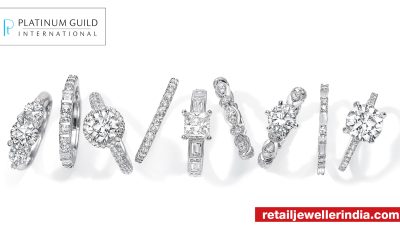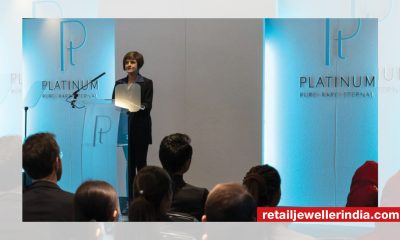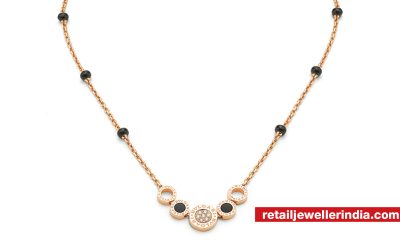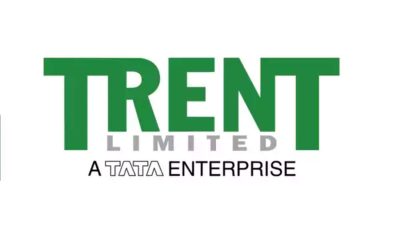RJ Market Watch
Platinum jewellery is going to make a comeback this year

Vaishali Banerjee, Managing Director, PGI India, discusses why platinum is the most preferred choice of millennials and Generation Z.
India has a cluttered jewellery market industry; how did platinum come to occupy a unique niche positioning?
Today, platinum jewellery in India occupies a very distinctive space among other metals. And this is a result of PGI’s strategic focus on the growing affluent urban youth, which is a discerning lot. A truly rare metal, platinum feeds into a very different set of needs of this younger segment of consumers. Platinum is bought for moments of emotional significance and hence our designs are embedded with meaning. We design it as a marker of important milestones in relationships and life.
Platinum’s unique properties include a rarity that’s 30 times more than gold, and it is known for its ability to withstand daily wear without thinning. Furthermore, platinum jewellery is almost entirely pure, at 95% purity even when it’s set with diamonds. This makes it one of the most robust, enduring and finest metals available in the market today.
Also, platinum’s distinctive design philosophy not only makes each piece unique, but its minimalist narrative makes it appealing to mark intimate personal and professional milestones with purchase of jewellery.
How has the jewellery buying evolved or changed in the past few years?
The jewellery market in India is mature and is on a solid recovery trajectory post Covid-19, validating its strategic opportunity. In India, jewellery plays an integral role where it tends to have a store of value and serves as a marker of social and personal milestones in life.
India is a predominantly young country with an estimated 70% of the total population below 40 years. This generation of millennials and Generation Z have grown up in a more confident and open India and are more success-oriented and ambitious for a better life. They are driven by a need for self-expression and social distinction to leave a mark for themselves. Precious jewellery can address these needs through a narrative that expresses the values of this generation.
The millennials are more evolved, independent and well versed with international trends; they are always seeking the latest, and have a very strong point of view built through their entrenched digital footprints. Covid-19 has been instrumental in accelerating the use of digital across categories, and platinum brands have adopted the digital-first strategy to engage this segment of consumers, thereby building appeal, relevance, desire, and preference for platinum in their lives.
According to PGI’s previous report, millennials are more inclined towards buying platinum. What trends do you forecast for 2021?
As per the PGI Global Study done in 2020, we have found that Indian jewellery buyers, predominantly millennials, are looking to build value through their resources and reinforce their close relationships and self-affirmation. There is a strong willingness to spend on precious jewellery and this sentiment offers an ideal opportunity to reinforce the power of platinum as a metal to build and uplift life. Another interesting insight is that 66% of consumers, ‘want to purchase something that maintains its value, and 64% want to buy something ’personally meaningful’, which gives jewellery a distinct advantage over other discretionary categories.
The idea of affordable luxuryholds a special appeal for millennials. This has expanded the competitive canvas for precious jewellery as these young consumers are looking at multiple categories like technology, fashion, leisure and travel to enrich their lives.
They seek jewellery with differentiated designs infused with meaning and a narrative that reflects their deepest emotions and self-image. Jewellery for them is meant for adornment and hence the choice of the metal, values behind it, the design, style, etc. are driven by their personal aspirations, making platinum jewellery a preferred option.
When it comes to design, platinum jewellery has a differentiated philosophy based on minimalism and contemporary classic that speaks to the young.
What are the challenges you face in a market that is inclined more towards gold?
Coming from a time where consumers had no idea or knowledge about platinum, I believe we have come a long way. Back when PGI was launched in India, there were only two metals that existed for jewellery – gold and silver. Gold was set as the benchmark of preciousness. In fact, in the early days, consumers hadn’t even seen platinum jewellery. Platinum was not a part of our stories, history or mythology. We did not even have a vocabulary for platinum in our local languages, unlike gold, silver, or other precious stones.
From there, to now having our core consumers identifying with platinum and for platinum to be synonymous with love and moments of emotional significance is personally very gratifying.
From an industry perspective, the partnerships we have, have led to platinum becoming an integral and strategic part of this ecosystem. Today, platinum is present as a category across 1500+ stores and 300+ cities, with growth up to 10 times in the last decade. It feels truly rewarding to look back on these milestones.
In the current context, the favourable pricing of platinum provides an incredible opportunity for the growth of platinum jewellery.
How has the platinum jewellery bounced back during the pandemic as we begin to move towards recovery?
Looking back at 2020, the market started opening up in stages, particularly after September. While the Covid-19 situation had impacted buying patterns of consumers all over the world, the unlock phases were instrumental in ushering demand for jewellery, particularly for platinum.
From July 2020 onwards, we had seen demand slowly rebuilding especially from tier II cities and smaller towns, which were less affected by the pandemic. In October 2020, we launched a consumer and retail activation programme to bolster demand for platinum jewellery. The results have been very positive with all participating retailers posting a 29% growth during the activity period versus the same period in 2019.
From a consumer behaviour point of view, individuals were looking at ways to claim back a sense of normalcy and a means to celebrate those everyday moments that became all the more important given the gloom that had accompanied those dreaded initial months of the lockdown. Jewellery served as an instant pick-up and platinum, in particular, stood out as the metal is all about love, meaning and reaffirmation.
In India, jewellery plays an integral role where it tends to have a store of value and serves as a marker of social and personal milestones in life. With many consumers re-evaluating their priorities in life and gaining a renewed appreciation for loved ones, spending on products that represent personal meaning is a key expression of their feelings for family and friends, thus creating an opportunity for platinum.
In the recent Union Budget, it was heartening to see that the import duty on platinum has been reduced to 10%, which is a welcome decision made by the Government. This will boost consumer sentiment and, in turn, demand, benefiting both the industry and the consumers as the market recovers in 2021. We look forward to a year of a strong recovery.
Courtesy: Times of India

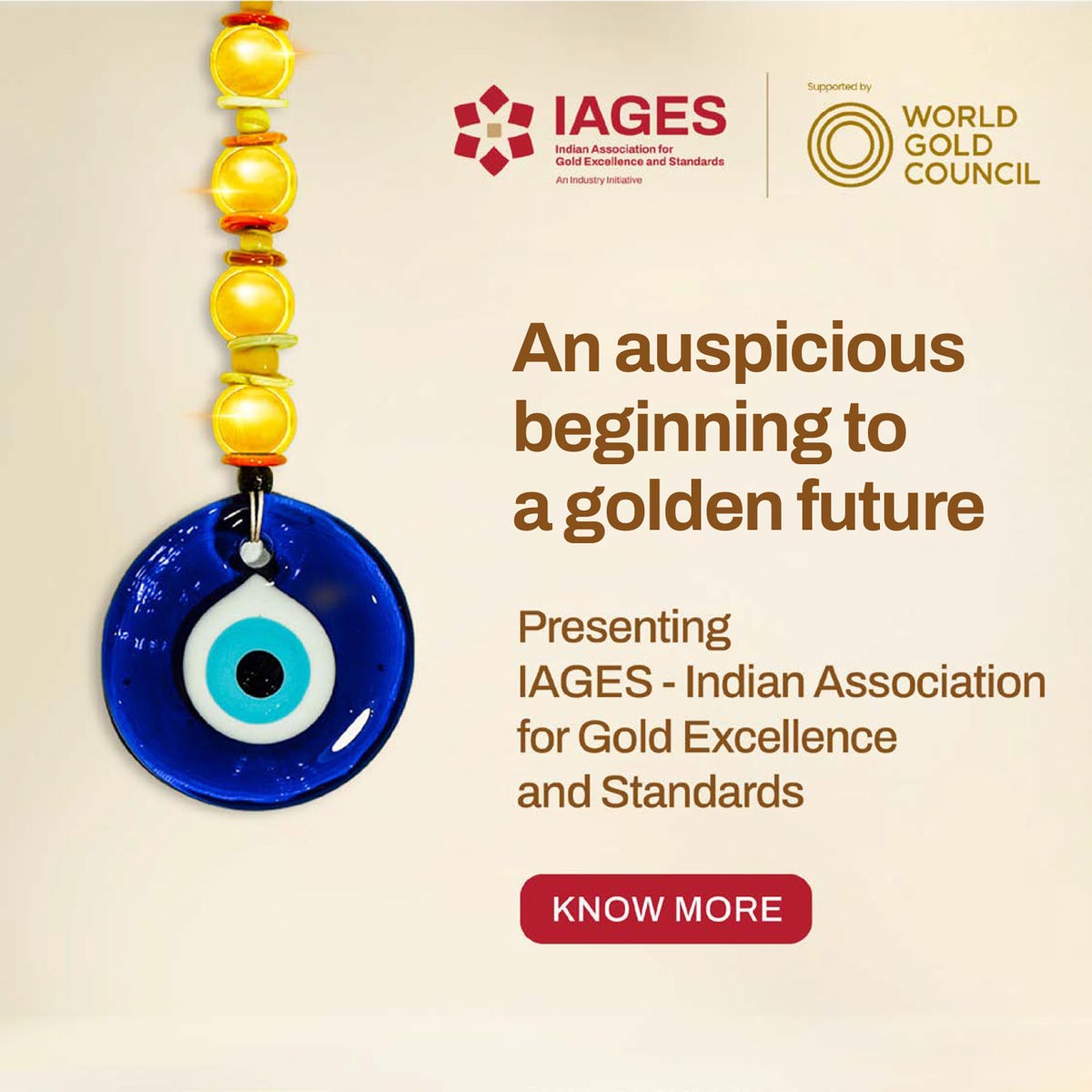
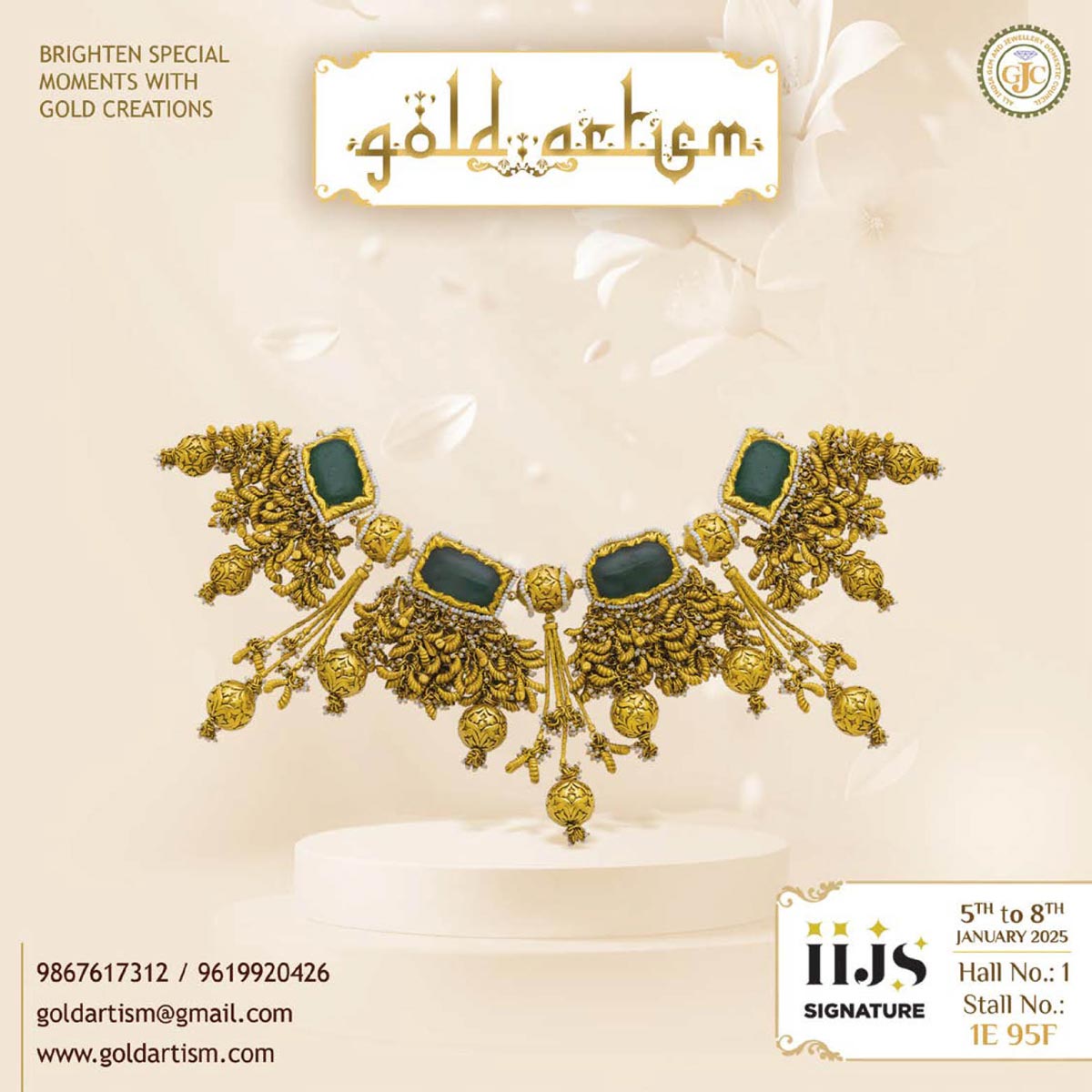

 Daily News2 months ago
Daily News2 months agoBvlgari adds designs to its pathbreaking mangalsutra collection ahead of wedding season

 Daily News1 month ago
Daily News1 month agoTrent, a TATA subsidiary, launches lab-grown diamond brand ‘Pome,’ shares surge 7.67%

 Daily News1 week ago
Daily News1 week agoMalabar Gold & Diamonds launches ‘Heritage Show’ in Mangalore, featuring jewellery inspired by Maharanis

 Daily News3 weeks ago
Daily News3 weeks agoSavji Dholakia’s visionary water conservation project ‘Bharatmata Sarovar’ reinforces commitment to sustainability






